In recent years, Tenmoku has become a new favorite in the collecting world. However, due to factors such as dating, it can be difficult to determine their value at first glance. What are the characteristics of Tenmoku cups that can truly be considered as investment-worthy and of collection grade?
Firstly, an item that has collection value must encompass the following aspects:
(1) Rarity
(2) Irreplaceability
(3) Historical and cultural significance
(4) Aesthetic appreciation
(5) Ease of preservation
Today, there are very few craftsmen in the market who can produce "collection grade Tenmoku" cups. Whether compared to other industries or in absolute numbers, they are scarce.
What factors determine that the works of these craftsmen can become investment-worthy for collectors? And what is the price of Huang Meijin's Tenmoku cups?
In summary, it can be boiled down to three factors: glaze color, shape of the cup, and the person who made it.
- Glaze color that cannot be replicated.
The glaze color and patterns are the soul and essence of Tenmoku cups.
The reason why a Tenmoku cup made by a craftsman can reach a five or even six-figure price and has collection value is primarily due to "the unique glaze patterns that they create which others cannot replicate, and the inheritance of the style and spirit of Jian kiln, which is extremely aesthetically pleasing."
Due to its unique crafting process, Tenmoku can produce a variety of kiln-transformation glaze patterns. Some of the valuable varieties include rabbit fur, oil droplets, and iridescent transformation.
Oil droplets come in various colors, including gold, silver, and brown, and each color has its own subcategories.
In terms of shape, oil droplets can be classified into large and small categories, and there are also many colloquial names for them. For example, in the world of antique Tenmoku, the small oil droplet cup held by the Tokugawa Art Museum is known as the "Star Tenmoku."
The difficulty of firing different glaze colors varies, and a new Tenmoku cup that reaches collection grade must be a top representative work of its glaze color type.
For example, the top-tier silver oil droplet Tenmoku cups reveal the charm of Song dynasty silver oil droplets at first glance, with details that can withstand scrutiny. They have a balanced presentation of glaze color (showing an elegant and pure silver), glaze texture (strong metal texture and three-dimensionality), glaze shape (round and unchanging), glaze distribution (even and organized), and vitrification quality (good vitrification with a narrow and dry mouth).
The art of firing Tenmoku cups involves more time spent inside the kiln, and once the cups are inside, the glaze patterns and surfaces cannot be interfered with by human hands. The final result depends on the experience and skill of the craftsman, as well as the natural processes that occur inside the kiln. This is why the price of Huang Meijin's Tenmoku cups can vary greatly.
A regular silver oil droplet Tenmoku cup may achieve 2-3 of these points, but cannot excel in all aspects. However, top-tier cups can achieve excellence in all of these aspects.
This is the difference between top-tier and regular cups, as well as the difference between collection grade and non-collection grade.
For other types of glaze patterns, such as colored oil droplets or silver rabbit hair, the criteria for judging their quality are different.
Today, the craftsmen who can produce collection grade Tenmoku cups have achieved top-notch results in a single category that cannot be surpassed by others. Their works are not only artistically pleasing, but also inherit the technical skills of the Song dynasty Jian kiln (if they are produced using Tenmoku techniques, which is a separate topic).
Works that possess these characteristics obviously meet the five points mentioned earlier, especially in terms of rarity, irreplaceability, and aesthetic appreciation.
- Carefully designed cup shape.
While glaze color is undoubtedly the core and soul of Tenmoku cups and has always been highly valued, cup shape should not be underestimated. As tea utensils, Tenmoku cups are not only meant for viewing but also for practical use in the hands of the user.
Friends who have played with other types of porcelain may find the shape of Tenmoku cups somewhat monotonous at first glance.
It is not that the craftsmen do not have artistic aspirations in this regard, but because the body of Tenmoku cups has a high iron content, which makes it very susceptible to deformation at high temperatures. In addition, the formation of glaze patterns requires a high level of atmospheric control, making it difficult to shape complex and varied forms like those of porcelain types with high silicon and aluminum content, such as celadon or white porcelain.
▼ Song Dynasty Jian kiln B-style cup with a bound mouth (incense burner grid).
"But even when dancing with shackles on, a collectible Jianzhan teacup will still pay attention to every detail in its shape."
"Expertly handcrafted through throwing and trimming, the pottery is stable yet not bulky, tactile and ergonomic in its design."
"Based on the traditional shapes of Song Dynasty pottery and slightly adjusted to accommodate modern tea-drinking habits, the design adheres to the beauty of simplicity while balancing aesthetics and functionality. For instance, the treatment of the rim is considered to achieve optimal thickness for both taste and shape retention. The Huangmeijin Jianzhan is priced accordingly."
"Collectible Jianzhan teacups push the envelope of form within a limited range while embodying the five aforementioned characteristics, especially historical significance, cultural depth, and artistic appeal."
"3. Artisans with a spirit of craftsmanship"
"Besides glaze color and form, people also play a determining role in the collectible value."
"In terms of collectible value, the artwork itself is a prerequisite, but the creator who fired it is the one who imparts these values to the piece and is a symbol of reputation."
"Jianzhan masters with different titles and honors will price their products differently. Some belong to the school of grandmasters, whose production is limited and whose pursuit of perfection affirms the aforementioned five characteristics."


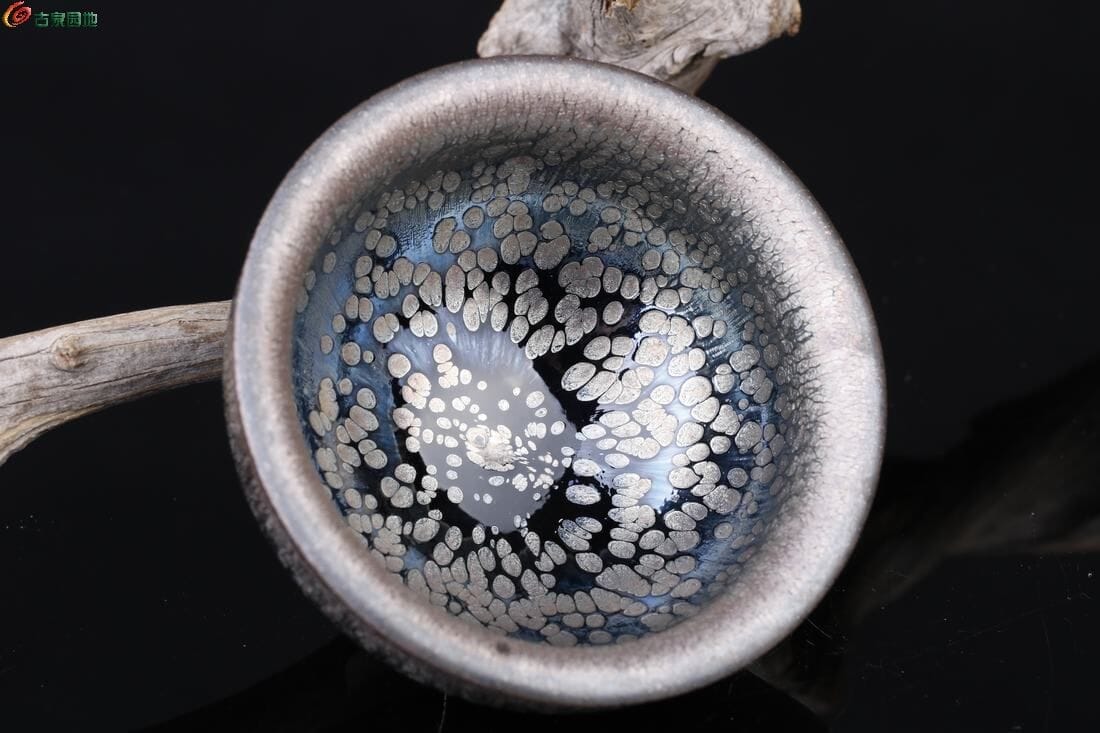
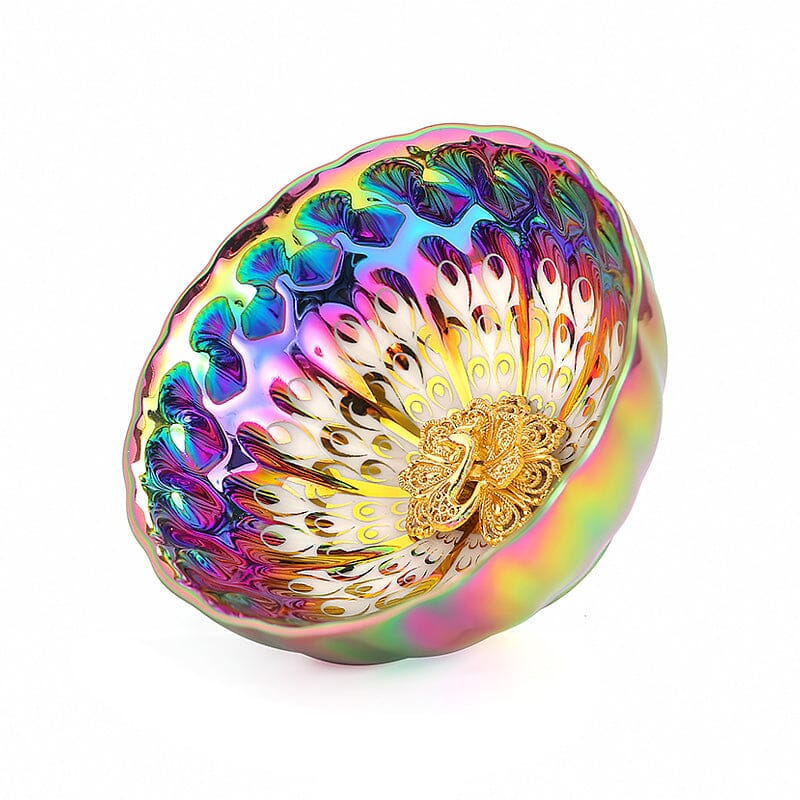
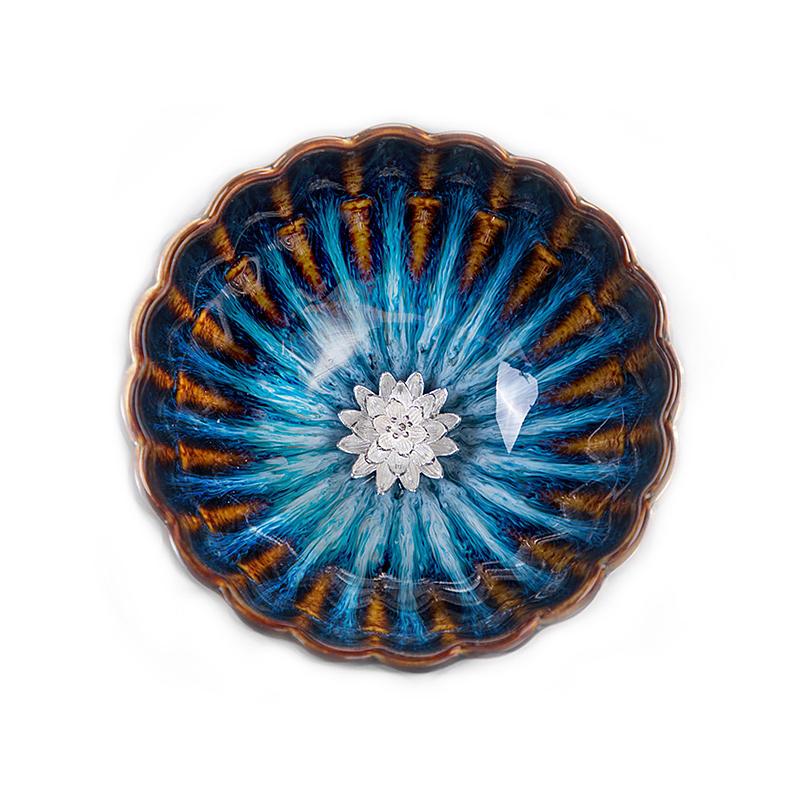
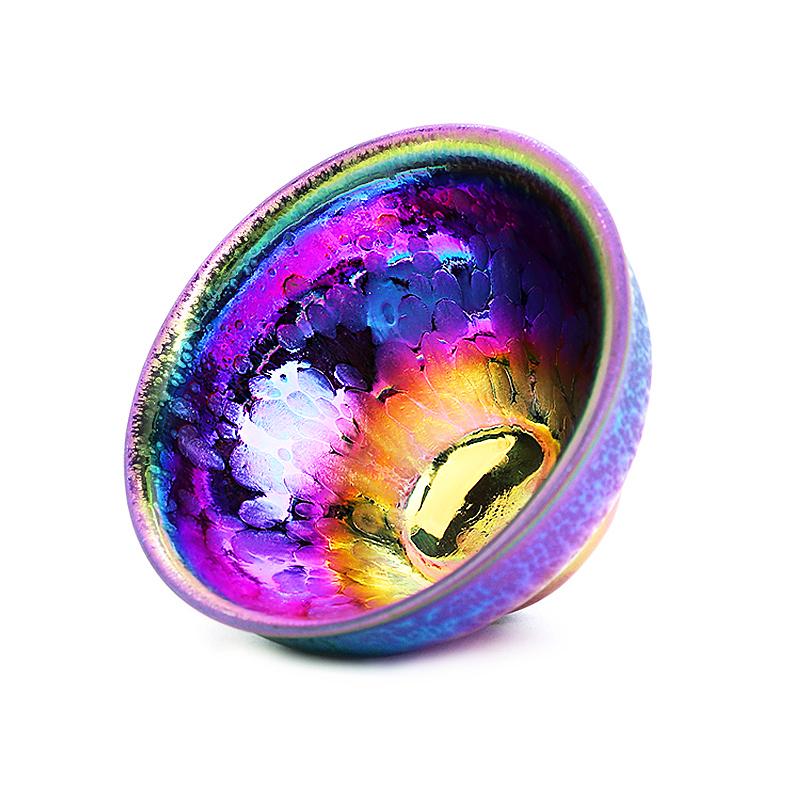
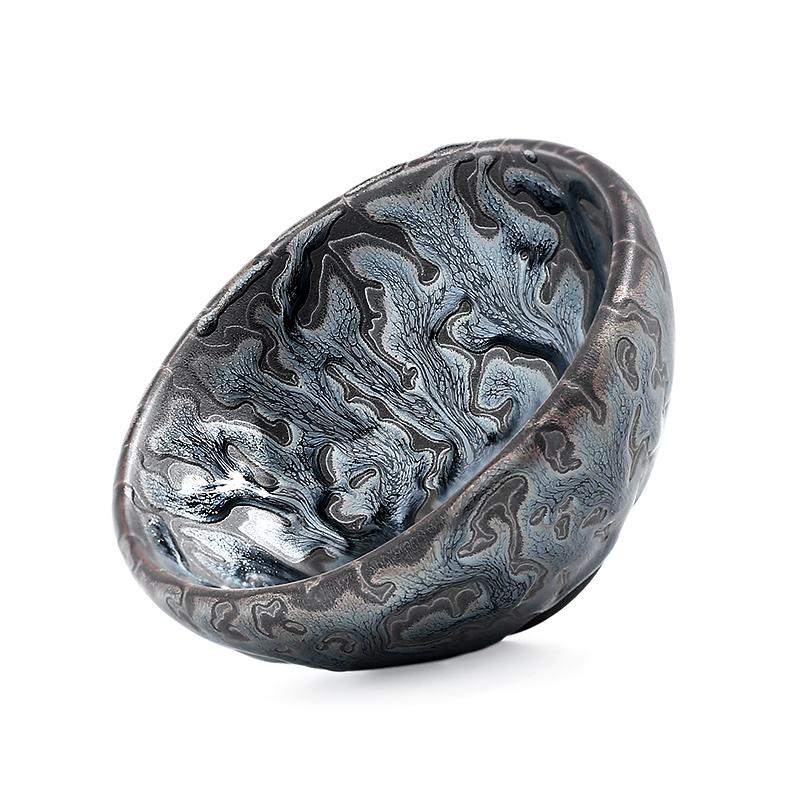
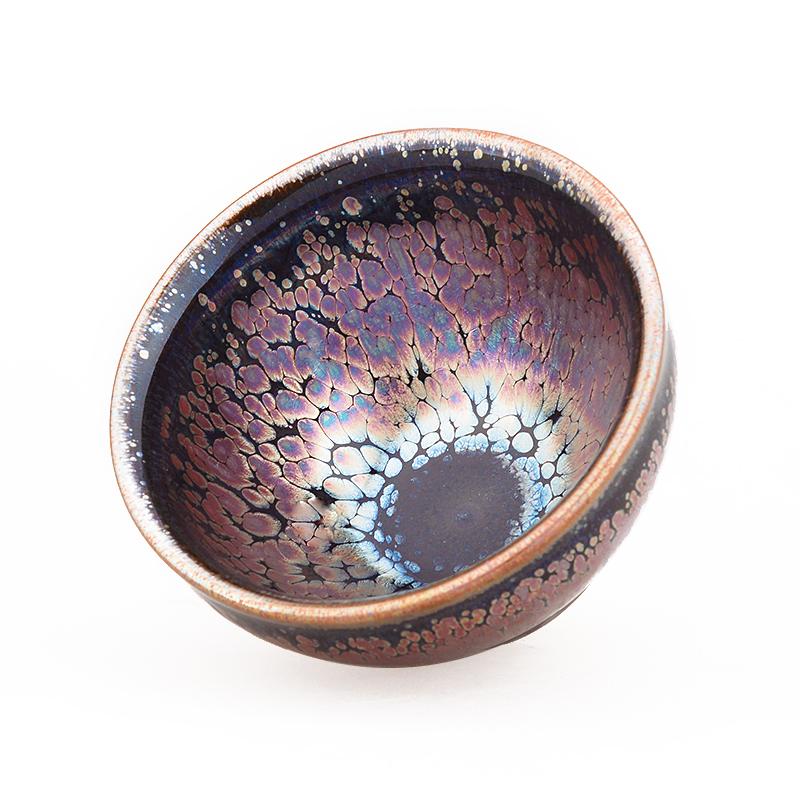
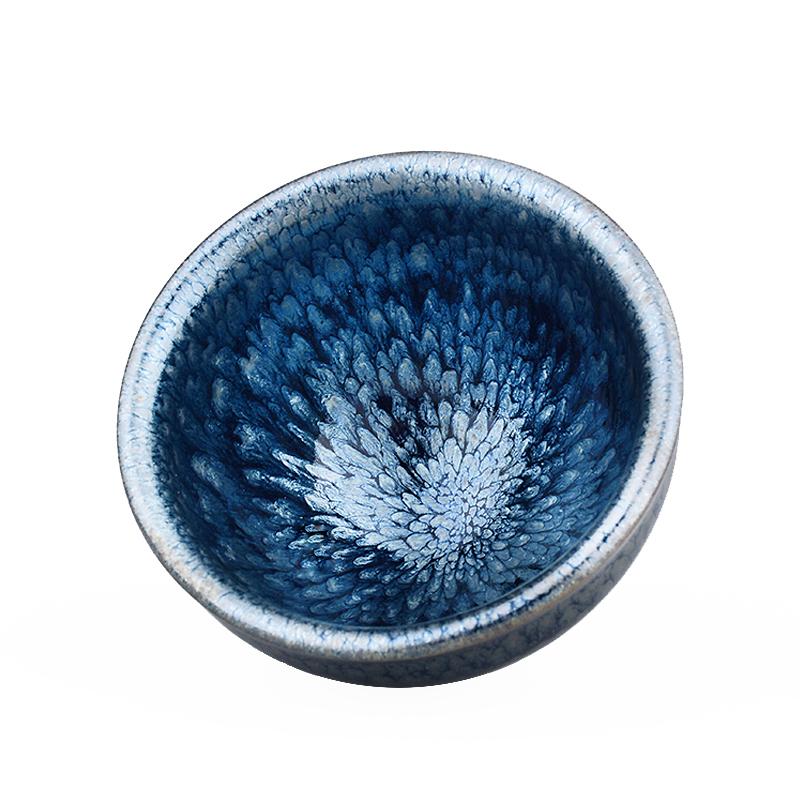
Share:
Classification of the depth of glaze color for Tenmoku
10 Taboos for Tenmoku Cup Play: Remember Them